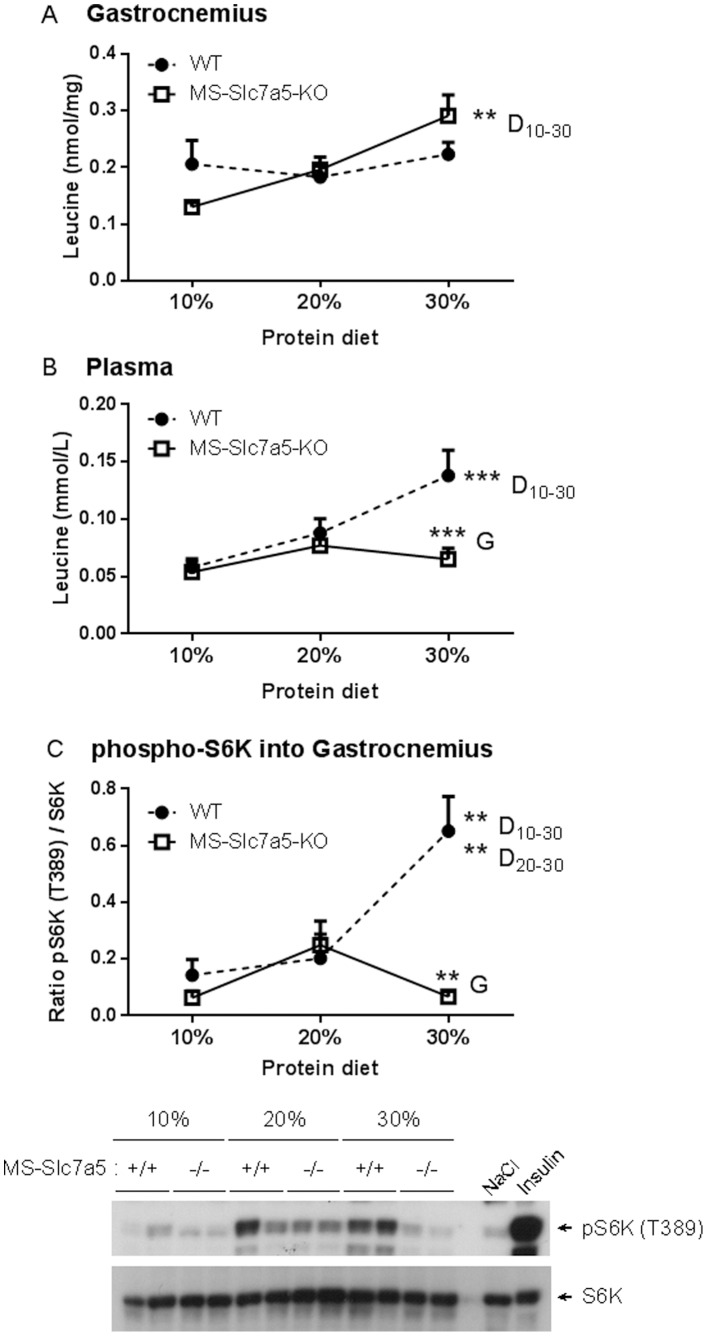Figure 6. Altered dietary protein intake affects plasma and intramuscular AA concentrations and mTORC1 pathway signalling in MS-Slc7a5-KO mice.
Mean ± SEM for n = 6–10 (WT) and 3–5 (MS-Slc7a5-KO) male mice. (A) There were significant effects of dietary protein content (F (2, 27) = 4.97, p = .014) on gastrocnemius leucine concentration. Statistically-significant differences between groups were only detected for MS-Slc7a5-KO animals on different protein diets (**D, p<0.01) as indicated. (B) There were significant effects of both genotype (F (1, 23) = 5.55, p = .027) and dietary protein content (F (2, 23) = 4.49, p = .023) on plasma leucine concentration. Statistically-significant differences between genotype (***G, p<0.001) and dietary protein (***D, p<0.001; wild-type only) groups are indicated. (C) Upper panel shows quantitation of S6K phosphorylation normalised to effect of insulin injection (wild-type mouse on standard chow diet), lower panel shows representative western blot for phospho-S6K and total S6K. Animals injected with NaCl and insulin were used as a negative and positive control, respectively. 2-way ANOVA shows significant effects of both genotype (F (1, 27) = 9.61, p = .004) and dietary protein content (F (2, 27) = 4.97, p = .015) on S6K phosphorylation. Statistically-significant differences between genotype (**G, p<0.01) and diet (**D, p<0.001; wild-type only) groups are indicated.

